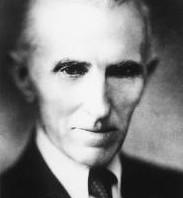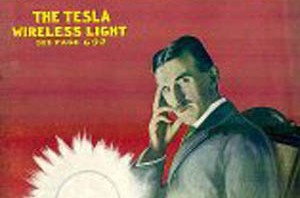Tag: Tesla
-

How Tesla kidnapped my imagination
There’s something about the inventor Nikola Tesla that has strongly attracted artists—much more than his arch-rival Edison, let’s say. Tesla’s amazing life and grand visions have pulled artistic creations from those he captivates—a stream of operas, music, plays, novels and stories, film and video. I know about this firsthand, because it…

